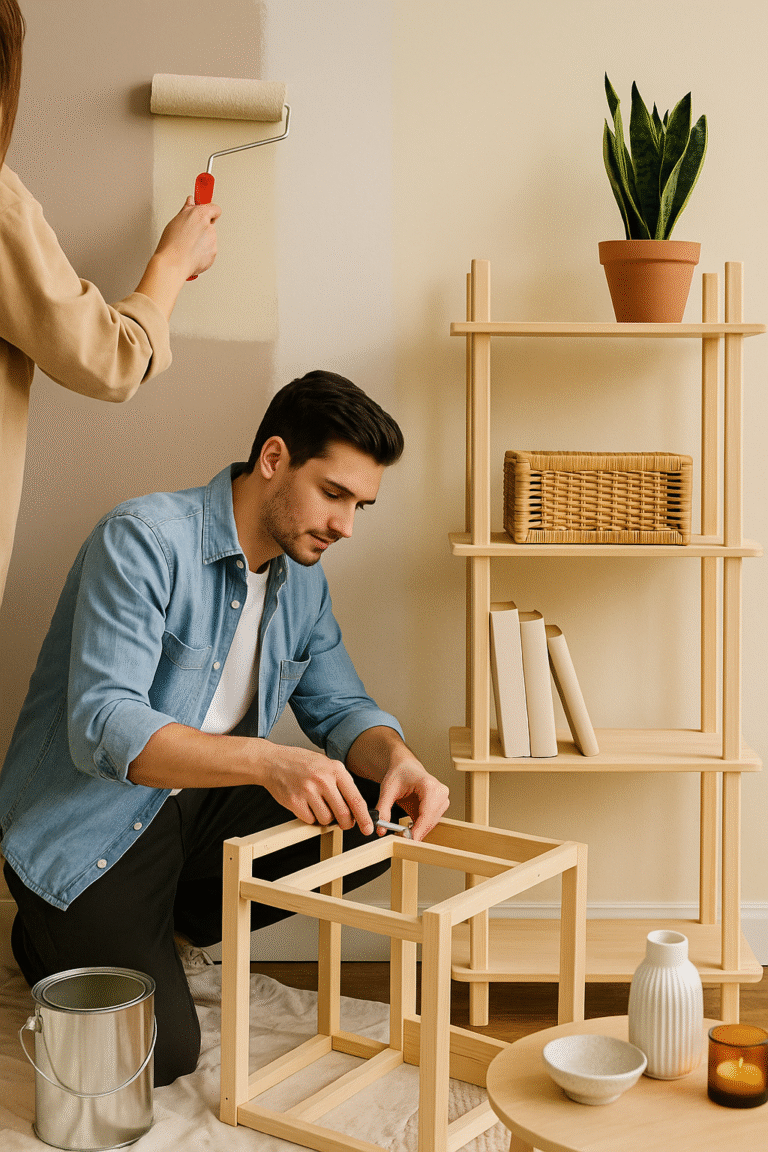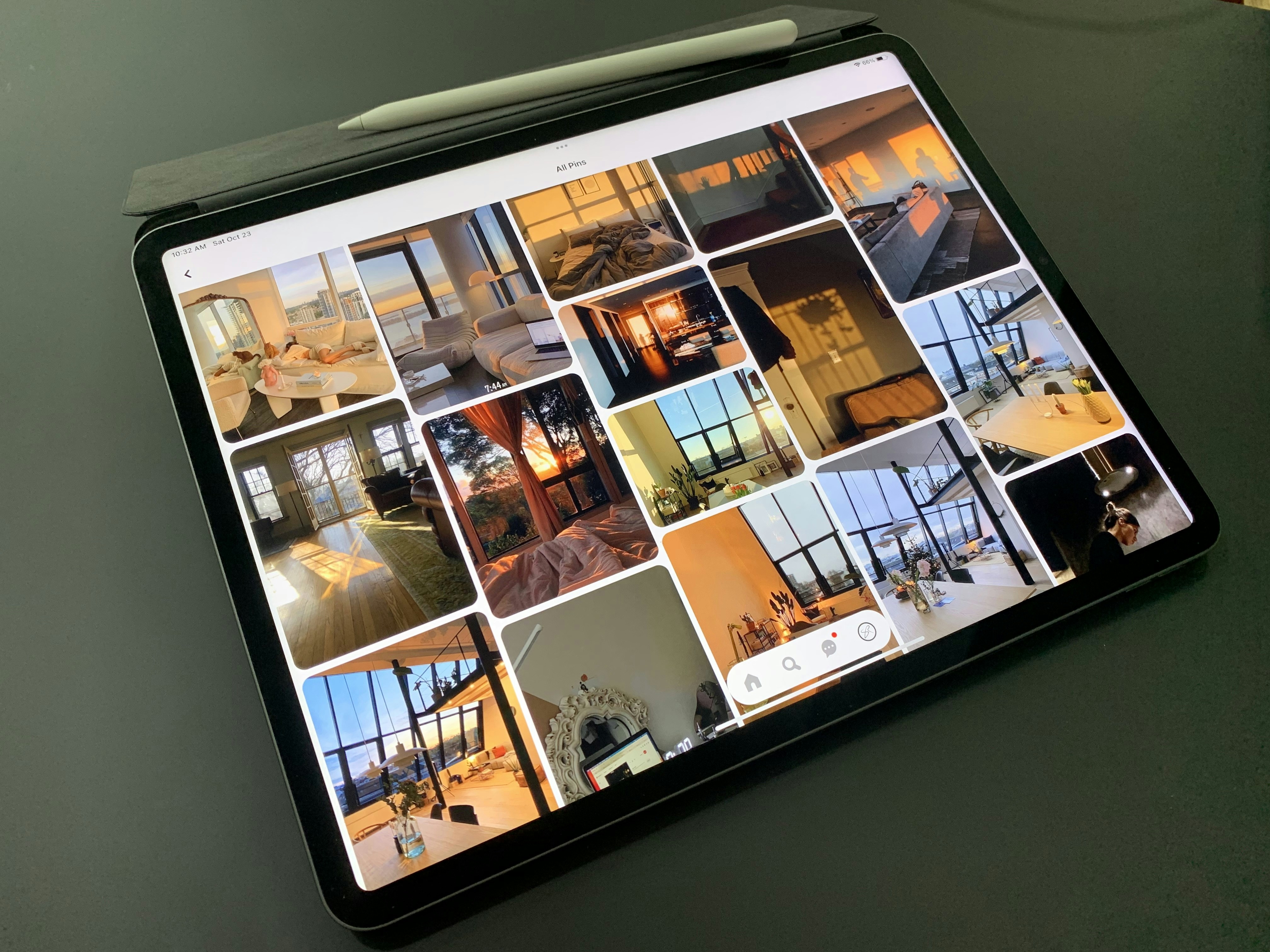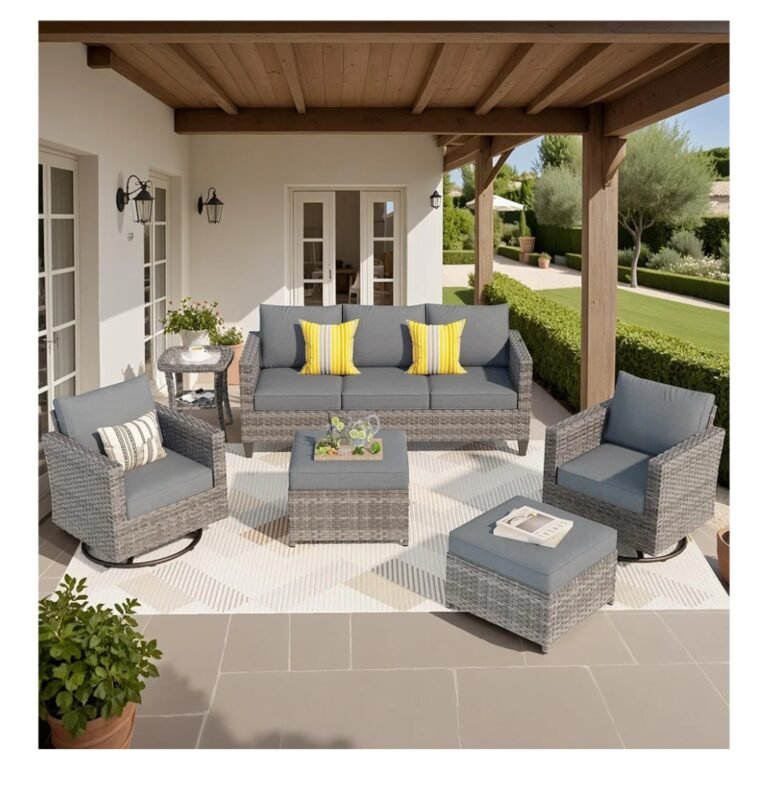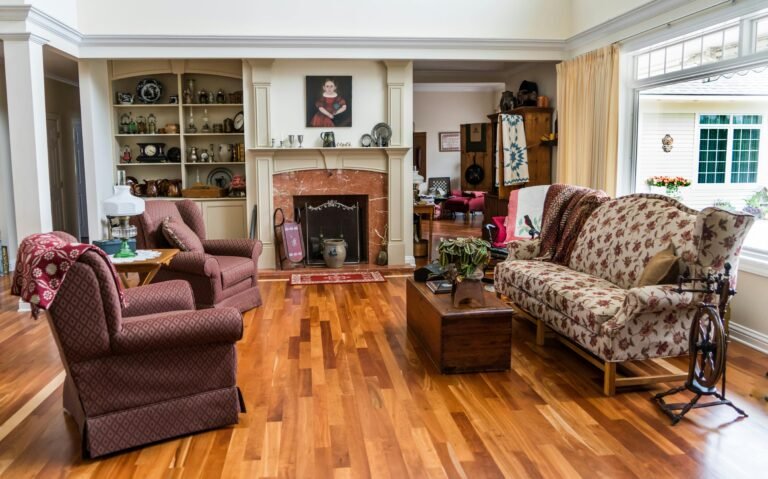Home Design Concepts for the Modern Home
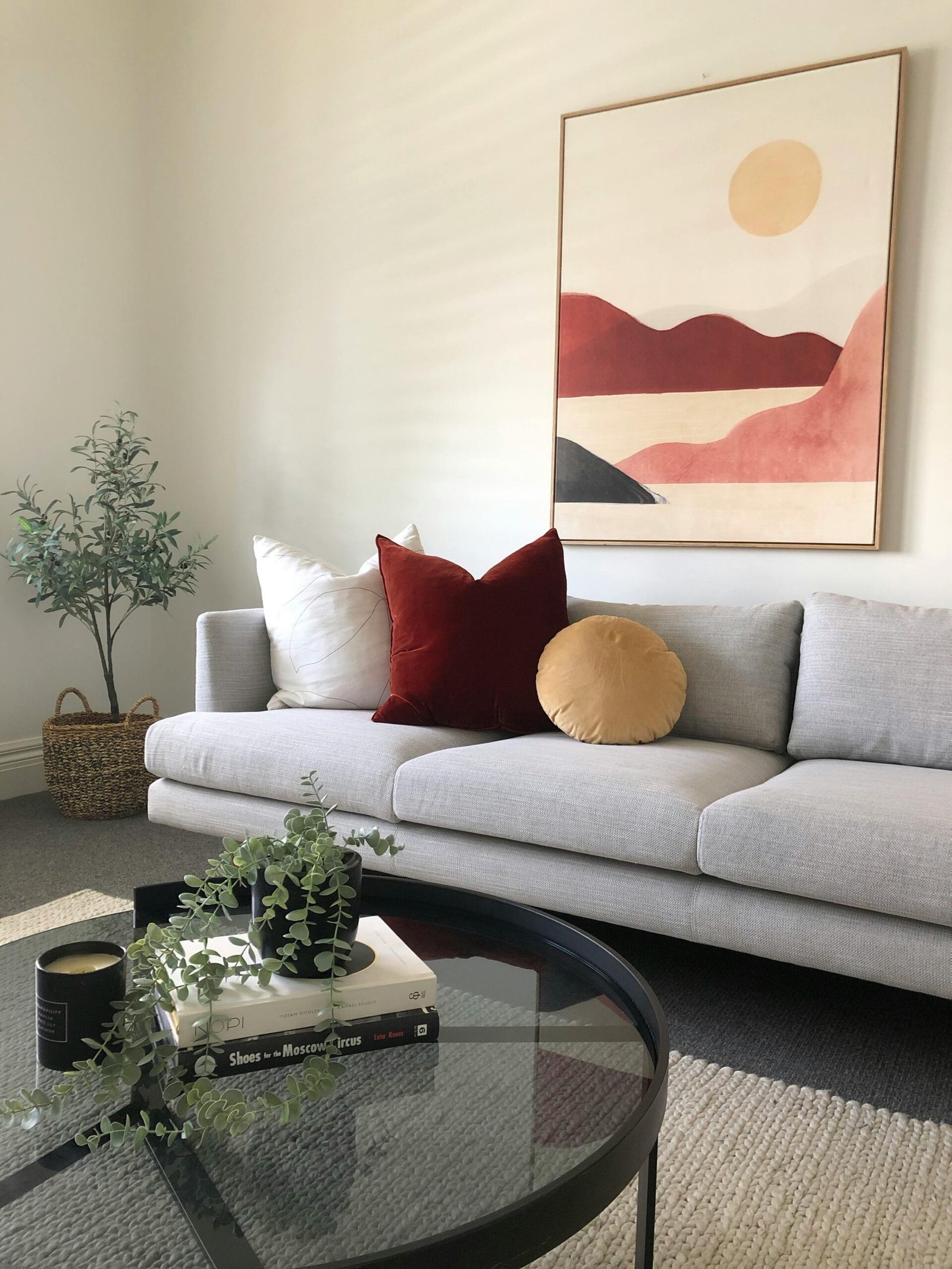
Understanding Modern Home Design
Modern home design refers to a distinct architectural style characterized by simplicity, minimalism, and functionality that became prominent during the mid-20th century. However, its roots can be traced back to the early 1900s, aligning with the rise of the Bauhaus movement, which emphasized the fusion of art, architecture, and design. Over time, modern home design has evolved through cultural, technological, and social shifts that have shaped contemporary living spaces.
Key characteristics of modern design include open floor plans, which prioritize fluidity and connectivity between spaces. This shift away from traditional compartmentalized layouts facilitates a more social atmosphere, allowing for increased interaction among family members and guests. Additionally, modern homes often feature an abundance of natural light, achieved through large windows and transparent materials, which create a sense of spaciousness and harmony with the surrounding environment.
Another hallmark of modern home design is the use of natural materials, such as wood, stone, and concrete. These materials not only enhance aesthetic appeal but also contribute to sustainable architectural practices. The integration of eco-friendly elements reflects a growing awareness of environmental issues and the importance of energy efficiency in contemporary living.
As modern living continues to evolve, socio-cultural trends and technological advancements play a crucial role in influencing design concepts. The rise of smart home technology, for instance, has transformed the way spaces are designed, incorporating innovations that enhance convenience and sustainability. Homeowners today seek to create environments that are not only functional and aesthetically pleasing but also reflective of their lifestyles and personal values.
This continuous evolution of modern home design underscores its adaptability and relevance in responding to the ever-changing needs of society, paving the way for innovative concepts that redefine the essence of living spaces.
Sustainable and Eco-Friendly Designs
In recent years, the emphasis on sustainability in home design has become increasingly prominent, reflecting a growing awareness of environmental issues and the desire for greener living. Integrating eco-friendly materials into construction not only reduces environmental impact but also sets a foundation for healthier living spaces. Materials such as reclaimed wood, recycled metal, and sustainably sourced bamboo contribute to minimal carbon footprints while providing unique aesthetic qualities to modern homes.
Energy-efficient appliances play a crucial role in decreasing a household’s overall energy consumption. By utilizing Energy Star-rated appliances, homeowners can significantly cut down on utility costs and reduce greenhouse gas emissions. In addition to these appliances, the implementation of renewable energy sources, most notably solar panels, has paved the way for homes to produce their own energy. This integration not only offers financial benefits through reduced energy bills but also enhances energy independence, allowing homeowners to minimize reliance on fossil fuels.
Innovative techniques, such as the installation of green roofs, are increasingly adopted in contemporary designs. These roofs not only insulate buildings but also manage rainwater effectively, reducing runoff and enhancing urban biodiversity. Furthermore, water-saving fixtures, such as low-flow toilets and showerheads, enable homeowners to conserve one of the planet’s most precious resources. The aesthetic appeal of sustainable designs can also elevate a property’s market value, as more buyers are actively seeking homes that align with eco-conscious values.
Sustainability in home design goes beyond environmental benefits; it fosters a lifestyle that values efficiency, conservation, and aesthetic beauty. By embracing sustainable practices, homeowners can create spaces that are not only functional and stylish but also contribute positively to the world around them.
Smart Home Technology Integration
The rise of smart home technology has significantly influenced contemporary home design, ushering in an era where connectivity and automation coalesce to enhance daily living. Smart devices, such as thermostats, security systems, and lighting, provide homeowners with unprecedented control over their environments, all while promoting energy efficiency and secure living. Integration of these technologies into home design is not merely an addition; it reflects a fundamental shift in how spaces are utilized, optimizing comfort and functionality.
One of the key aspects of integrating smart technology into home design is the consideration of user experience. Homeowners now seek designs that are not only modern but also intuitive. Engaging with technology should feel seamless, with devices responding to user needs predictively rather than required to be manually operated. For example, the installation of smart lighting systems that adapt based on occupancy and natural light levels can significantly reduce energy consumption while enhancing atmospheres in various settings. Similarly, smart thermostats can learn residents’ schedules, ensuring homes remain at optimal temperatures without unnecessary energy expenditure.
Security is another paramount area where smart technology excels. Automated security systems equipped with cameras, sensors, and smart locks can provide peace of mind by enabling homeowners to monitor their property in real-time, whether they are at home or away. The harmonious integration of these features within the architectural framework allows for sleek design without compromising aesthetics. For instance, incorporating smart technology within built-in cabinetry or hidden panels creates a clean line that preserves the beauty of living spaces while ensuring practicality.
As smart home technology continues to evolve, the possibilities for innovative design expand. Embracing these advancements not only enhances the overall living experience but also sets the foundation for more sustainable, secure, and connected homes in modern society.
Personalizing Your Home Design
Home design serves as a canvas for personal expression, allowing homeowners to showcase their uniqueness through various styles and customization options. Embracing a design aesthetic that resonates with individual preferences is a crucial step towards creating a living space that feels truly like home. There are several design styles that one might consider when personalizing their living environment, including eclectic, minimalist, and industrial themes.
The eclectic style blends diverse elements from various design periods, enabling homeowners to experiment with bold colors, patterns, and textures. By mixing and matching furnishings, art pieces, and decorative accents, individuals can curate a distinctive ambiance that reflects their story. In contrast, the minimalist approach emphasizes simplicity and functionality, encouraging a clutter-free environment that speaks to efficiency and calm. Adopting this style often involves selecting fewer, but impactful, furnishings that are high in quality and design integrity.
Additionally, the industrial style incorporates raw materials and an unfinished aesthetic, creating a sense of spaciousness with its open layouts and exposed elements. By highlighting structural details such as brick walls, metal fixtures, and wooden beams, homeowners can foster an urban charm that transcends traditional design norms.
To personalize their homes further, individuals can focus on selecting unique furnishings that resonate with their personality. Incorporating art pieces that hold personal significance or are representative of hobbies can also contribute to an individualized ambiance. Effective use of color schemes not only influences the atmosphere of a room but can also evoke specific emotions, making it essential to choose colors that align with personal taste. Ultimately, the goal of home design should be to create a harmonious environment where individual preferences and creativity can flourish.
